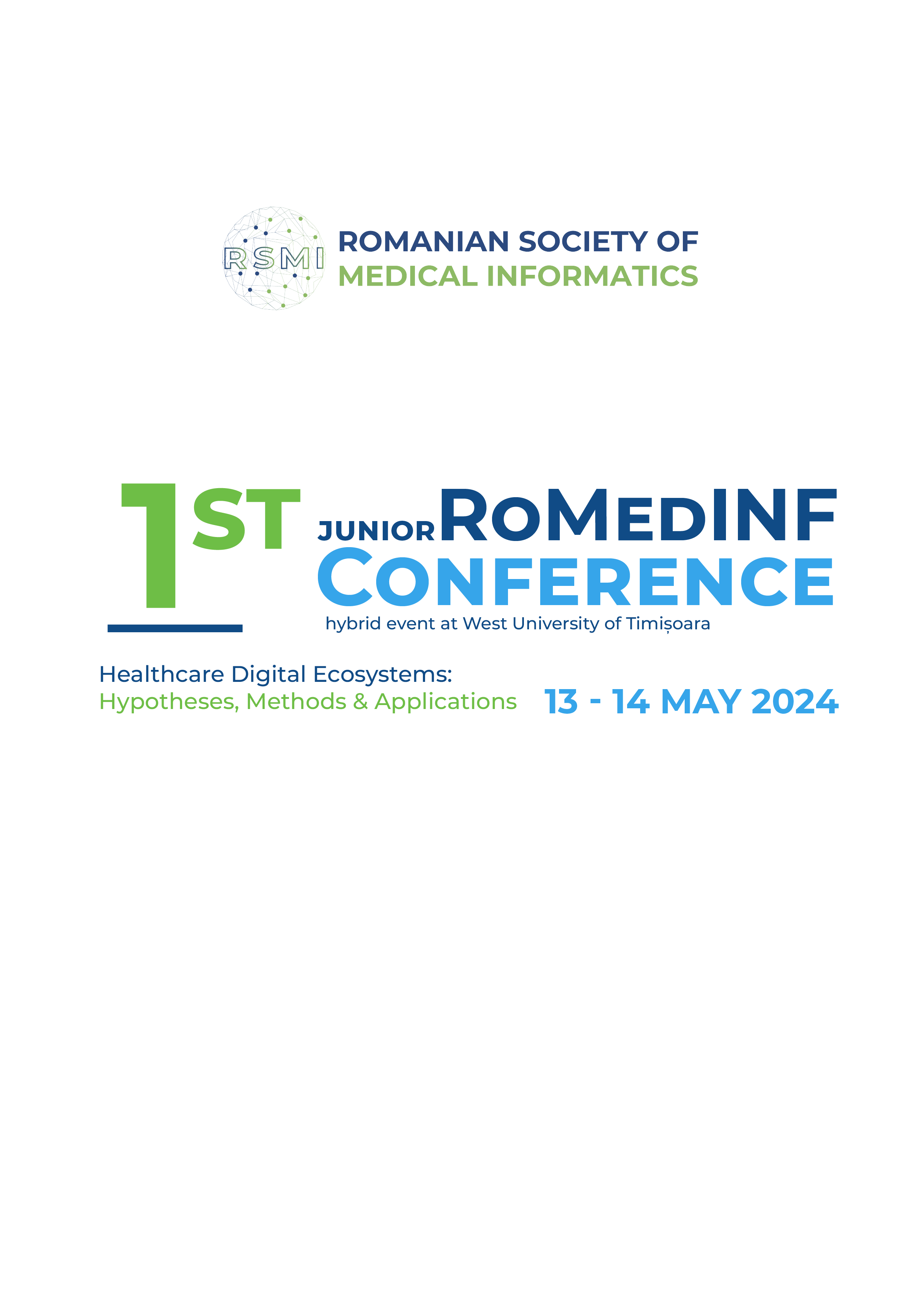Machine Learning Models for the Diagnosis of Parkinson using Audio Signals
Keywords:
Machine Learning, Neural Networks, Genetic Algorithms, Signal Processing, Medical applicationsAbstract
Parkinson's disease is one of the most common neural diseases among the population. An important discomfort that patients experience is related to changes in speech, with an impact on prosody, articulation, and phonation. This paper analyzes supervised machine learning methods using audio signals for the diagnosis of Parkinson’s disease. In this context, two main types of classifiers are designed: a Random Forest classifier using Fourier features, and a convolutional neural network that processes Mel-spectrograms. Mel-spectrograms provide a relevant description of the audio signals, with details on the low frequencies, in compatibility with the receptive range of the human ear. To ensure a proper configuration of the Mel-spectrograms, this paper proposes a genetic algorithm that determines the number of frequency bands and the frequency range. These parameters are the most influential according to preliminary experimental investigations. Thus, the genetic algorithm allows the generation of relevant data to the input of the neural model. The experimental results indicate better accuracy for convolutional neural models based on optimized Mel-spectrograms.
Downloads
Published
How to Cite
Issue
Section
License
Copyright (c) 2024 Denisa-Gabriela MUSTEATA, Lavinia-Eugenia FERARIU

All papers published in Applied Medical Informatics are licensed under a Creative Commons Attribution (CC BY 4.0) International License.

